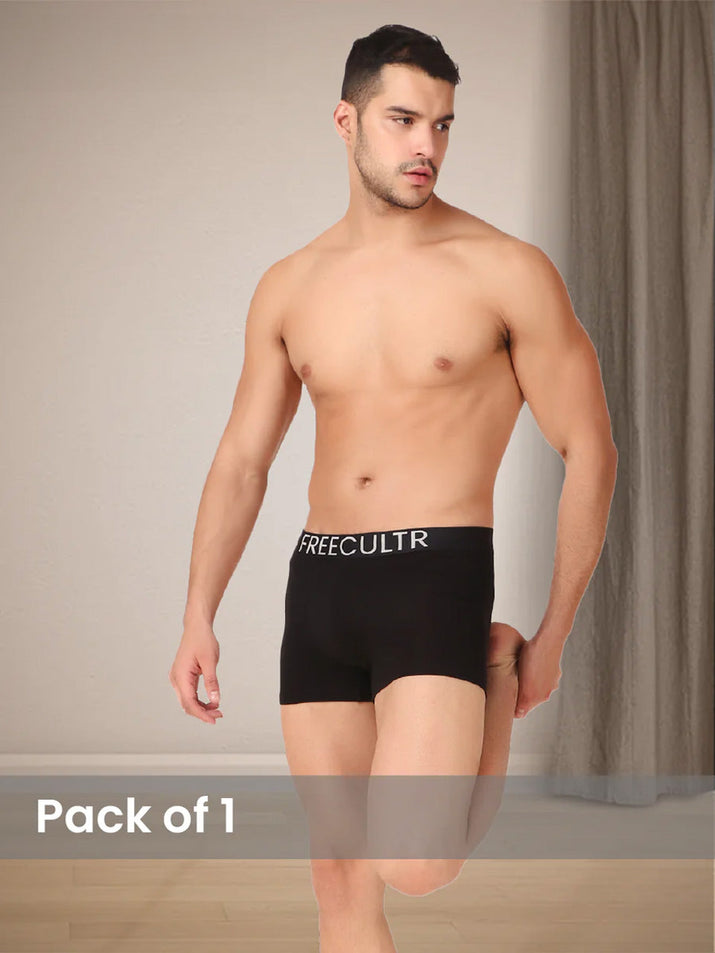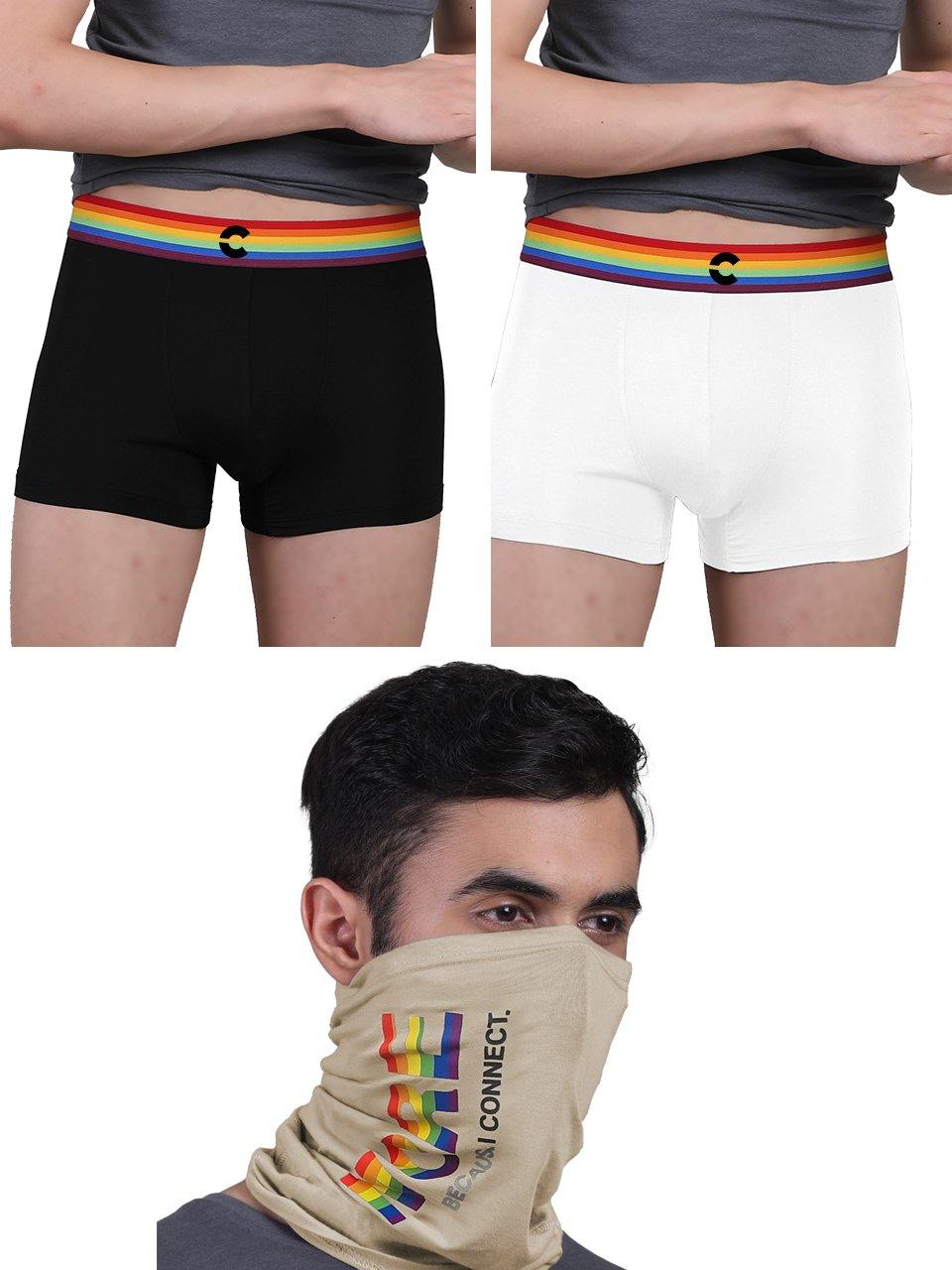Forget restrictive swimwear that chafes and slows you down. Today's men's trunks are engineered for peak performance both in and out of the water. We're diving deep into the technology behind flexible movement, exploring how innovative fabrics like recycled polyester blends with four-way stretch are dominating the market. Discover the science behind rapid drying capabilities, from hydrophobic coatings to open-weave construction. Grasp how these advancements are transforming the beach experience. Learn how brands are now incorporating bio-based materials for enhanced sustainability without compromising performance, setting a new standard for eco-conscious swimwear. Get ready to unlock the potential of next-generation trunks and elevate your aquatic adventures.

Understanding the Evolution of Men's Trunks
Men's swimwear has undergone a significant transformation over the decades. From the bulky, wool swimsuits of the early 20th century to the streamlined, performance-oriented trunks of today, innovation in materials and design has been driven by a desire for increased comfort and athletic performance. Early swimsuits prioritized modesty over functionality, severely restricting movement and retaining water. The introduction of synthetic fabrics like nylon and polyester marked a turning point, offering lighter weight, faster drying times. Improved elasticity. This evolution has led to the modern trunk, which emphasizes flexible movement and quick drying capabilities, essential for both recreational swimming and competitive watersports. This focus on Fashion & Comfort has made trunks a staple in men's wardrobes.The Science Behind Flexible Movement
The flexibility of modern men's trunks hinges on several key factors: the fabrics used, the cut and construction of the garment. The presence of stretch panels or gussets.- Fabric Composition: Materials like elastane (also known as spandex or Lycra) are blended with polyester or nylon to provide a significant degree of stretch. A small percentage of elastane (typically 10-20%) can dramatically improve the fabric's ability to move with the body.
- Cut and Construction: A well-designed cut ensures that the trunk doesn't restrict movement in key areas. A slightly shorter inseam, for example, allows for a greater range of motion in the legs. Strategic seam placement also plays a role, minimizing chafing and maximizing comfort.
- Stretch Panels and Gussets: Some trunks incorporate stretch panels in areas like the crotch or sides to further enhance flexibility. A gusset, which is a diamond-shaped piece of fabric sewn into the crotch, provides additional room and reduces stress on the seams during movement.
The Magic of Quick-Drying Fabrics
Quick-drying fabrics are crucial for comfort, preventing the clammy, uncomfortable feeling associated with wet swimwear. The ability of a fabric to dry quickly depends on its fiber structure, weave. Any applied finishes.- Hydrophobic Fibers: Polyester and nylon are inherently hydrophobic, meaning they repel water. This property prevents the fibers from absorbing large amounts of moisture, allowing water to evaporate more readily.
- Open Weave Structures: Fabrics with an open weave allow for greater airflow, facilitating faster evaporation. Think of a mesh fabric compared to a tightly woven canvas.
- DWR (Durable Water Repellent) Finishes: Many quick-drying trunks are treated with a DWR finish. This coating further enhances water repellency, causing water to bead up and roll off the fabric surface. But, DWR finishes can wear off over time and with repeated washing, so proper care is essential.
Comparing Fabric Options: Polyester vs. Nylon
Both polyester and nylon are commonly used in swim trunk construction. They have distinct characteristics that make them suitable for different applications.| Feature | Polyester | Nylon |
|---|---|---|
| Durability | Highly durable, resistant to abrasion and stretching. | Slightly less durable than polyester. Still robust. |
| Water Resistance | Excellent water resistance; dries quickly. | Good water resistance; dries relatively quickly. |
| UV Resistance | Better UV resistance, resists fading and degradation from sunlight. | Less UV resistant than polyester; may fade over time with prolonged sun exposure. |
| Stretch | Less inherent stretch; typically blended with elastane for flexibility. | Slightly more inherent stretch than polyester. |
| Cost | Generally less expensive than nylon. | Generally more expensive than polyester. |
Real-World Applications and Use Cases
The benefits of flexible, quick-drying trunks extend beyond recreational swimming. They are valuable in various activities:- Surfing and Paddleboarding: The ability to move freely and dry quickly is crucial for surfers and paddleboarders who spend extended periods in and out of the water. Chafing and discomfort can significantly impact performance.
- Triathlons: Many triathletes wear swim trunks as part of their race attire. Quick-drying properties are essential for transitioning quickly from the swim leg to the cycling and running legs.
- Water Parks and Resorts: For those spending the day at a water park or resort, quick-drying trunks provide all-day comfort, allowing them to move seamlessly between water activities and lounging by the pool.
- Beach Volleyball: The dynamic movements required in beach volleyball demand flexible clothing that won't restrict agility. Quick-drying fabrics prevent discomfort from sweat and water.
Care and Maintenance for Longevity
To maximize the lifespan and performance of your men's trunks, proper care and maintenance are essential.- Rinse After Each Use: Saltwater, chlorine. Sunscreen can damage the fabric over time. Rinse your trunks thoroughly with fresh water after each use.
- Hand Wash or Machine Wash on Gentle Cycle: Hand washing is the gentlest option. If you machine wash, use a gentle cycle and a mild detergent. Avoid using bleach or fabric softeners, as they can damage the fibers and reduce the fabric's water repellency.
- Air Dry: Avoid using a dryer, as the heat can damage the elastic fibers and cause the fabric to shrink. Hang your trunks to air dry in a shaded area.
- Avoid Rough Surfaces: Be mindful of sitting on rough surfaces like concrete or rocks, as this can cause abrasion and damage to the fabric.
Conclusion
So, you're armed with the knowledge to choose the perfect pair of men's trunks! Remember, it's not just about aesthetics; it's about freedom of movement and quick-drying capabilities. Think about your activities. Are you more of a surfer dude needing to shed water fast, or a gym enthusiast craving unrestricted squats? The right fabric and cut make all the difference. Personally, I always opt for a shorter inseam trunk when hitting the beach volleyball court. The extra mobility allows for those crucial dives! Don't be afraid to experiment with different styles and brands to find what works best for your body and your lifestyle. Consider trying out newer blends that incorporate recycled materials - it's a win for you and the planet [https://www. Patagonia. Com/our-footprint/]. Ultimately, the perfect trunk is the one that makes you feel comfortable and confident, ready to tackle any adventure. Now go out there and make a splash!More Articles
Briefs – Breathable Cotton and Tagless ComfortBoxers for Women – Relaxed Fit and Breathable Fabric
Women's Boy Shorts – Seamless Design and Supportive Fit
Bandana for Men – Stylish Accessory and Sun Protection
FAQs
So, what exactly makes trunks good for flexible movement, anyway?
Great question! It all boils down to the fabric and the cut. Trunks designed for movement often use stretchy materials like blends with elastane or spandex. This allows the fabric to move with you, not against you. Plus, the leg openings are usually wider than briefs or boxer briefs, giving your thighs more room to breathe and maneuver.
Quick drying... Why is that even vital?
Think about it: you're at the beach, pool, or even just sweating during a workout. Nobody wants to walk around in soggy underwear all day. Quick-drying fabrics like polyester or nylon blends wick away moisture, so you'll be drier and more comfortable, faster. Prevents chafing too, which is a major win!
Are all 'flexible movement' trunks created equal? What should I look for?
Nope, definitely not! Look for a decent percentage of elastane/spandex (at least 5-10% is a good starting point). Check the seams – flatlock seams are less likely to chafe. And read reviews! Other guys' experiences can be super helpful in figuring out if the trunks really live up to the 'flexible movement' hype.
Okay. How quick is 'quick drying' really?
That depends on the specific fabric blend and the conditions. But generally, quick-drying trunks should feel noticeably drier within 15-30 minutes after getting wet. They won't be bone dry instantly. You shouldn't be feeling like you're wearing a diaper either.
Can I wear these for swimming, or are they just for workouts?
Many trunks designed for flexible movement can be used for swimming, especially if they're made from chlorine-resistant materials. But, double-check the product description. Some are better suited for dry-land activities because they might not hold up well to prolonged exposure to chlorine or saltwater.
Any washing tips to keep my trunks in tip-top shape?
Absolutely! Avoid harsh detergents and bleach – they can break down the elastic fibers. Wash them in cold water on a gentle cycle. Ideally, air dry them. If you must use a dryer, use a low-heat setting. Treating them well will help them last longer and maintain their stretchiness.
So, trunks vs. Boxer briefs... Which is better for movement and quick drying?
It's a matter of personal preference. Generally, trunks are considered better for movement because of their shorter leg length and wider leg openings. This allows for greater range of motion. Both can be quick-drying. Again, it depends on the material. Look for those polyester/elastane blends!






